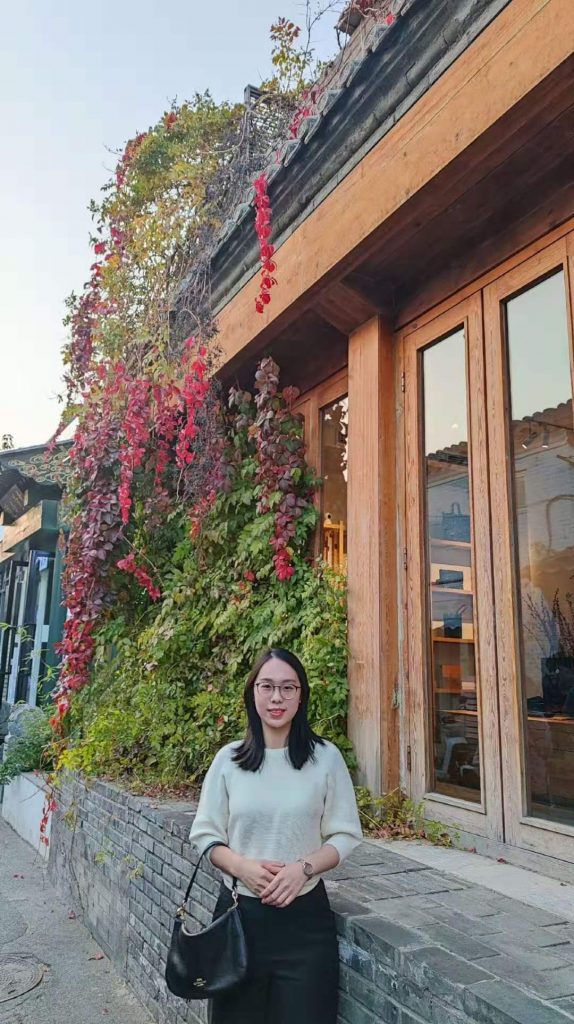– The mostly favoured flavour of wintry snack in Northern China
If you think that in winter a hot coffee (or tea) is all that you need to treat yourself while outing in China, especially in the north, you may have missed your sweet memory. Our Chinese LIG volunteer, Xiaohui, whose hometown in South China, is receiving pre-service training in Beijing currently. She will tell you what she has discovered in her spare time wandering around capital city, as shown below.
Have you been to China and seen this? Are there anything similar to this in your own country?

- What’s this and what’s it called?
- What’s it made of?
- How to eat it?
- What does it taste like?
- How much does it cost?

Now here is what Xiaohui explains –
- Name in Chinese: 糖葫芦(冰糖葫芦)
- Pinyin: tánghúlu (bīngtánghúlu)
- Lit: sugar bottle gourd (rocky sugar bottle gourd); 冰 (bīng, ice), 糖 (táng, sugar/candy), 葫芦 (húlu, bottle gourd)
- Name in English: candy hawberry (or candy fruit)
- Ingredients: typically 山楂 (shānzhā, Chinese hawberry) or more recently a variety of other fruits like 桔子 (júzi, mandarin orange), 苹果 (píngguǒ, apple), 猕猴桃 (míhóutáo, kiwi), 草莓 (cǎoméi, strawberry), 香蕉 (xiāngjiāo, banana), and many more; 糖浆 (tángjiāng, sugar syrup)
- Eat as it is, one by one – similar to eating BBQ skewers but very different feel – it is best to eat in winter as the sugar coating is hardened by the cold weather as if one’s tasting ice
- Sweet (from sugar coating), sweet and sour (from fruits)!
- Only 7 块 (kuài, the colloquial of RMB yuan) per skewer (less than one pound)
Additional information
It has nothing to do with fruit gourd in ingredients but that it somewhat resembles the shape of bottle gourds put together. Hence, the name.
